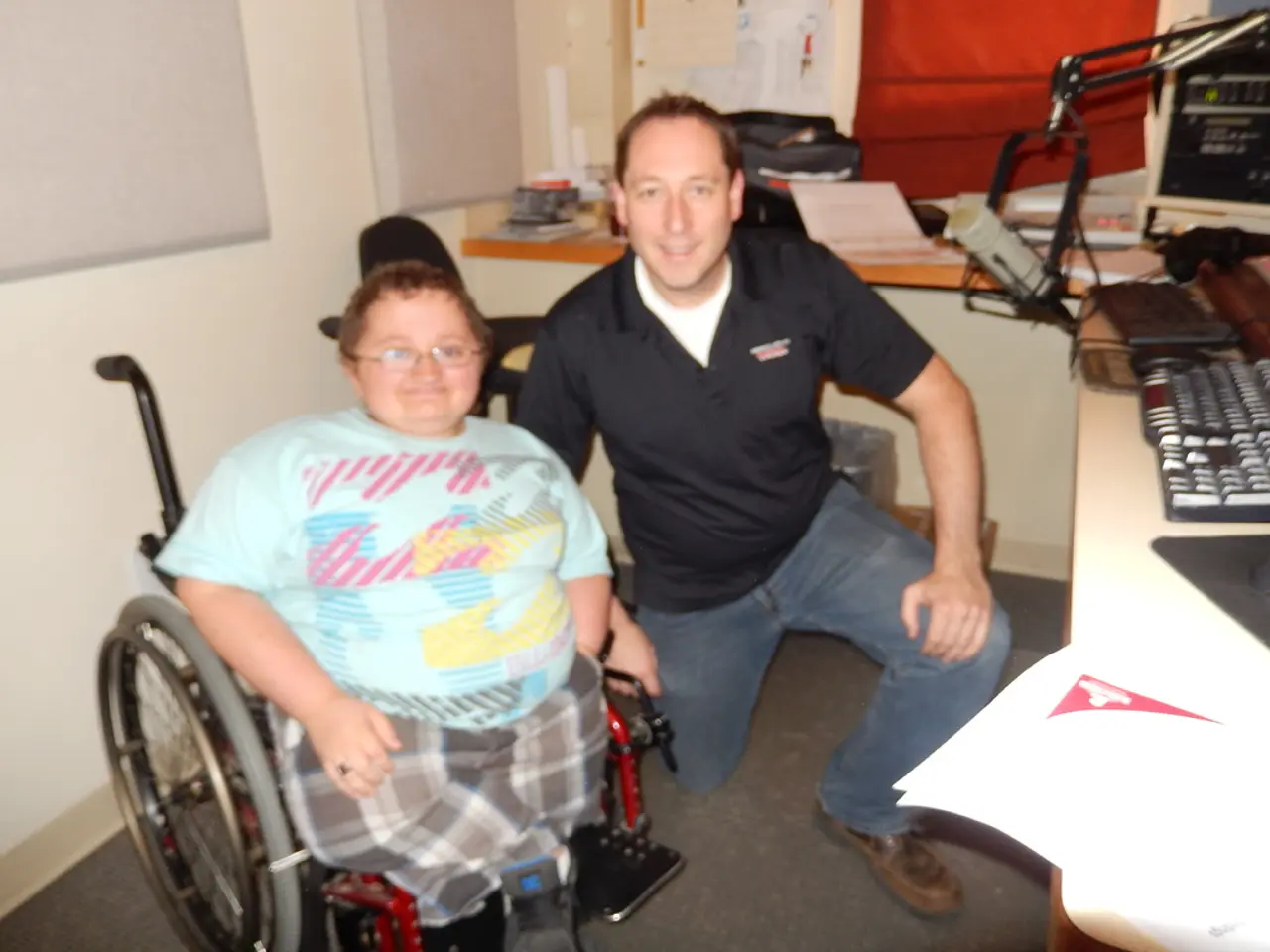Overcoming indifference in the face of Parkinson's disease
In the journey of living with Parkinson's Disease (PD), apathy - a common and impactful non-motor symptom - can significantly reduce quality of life. However, early identification and a proactive approach to managing apathy can make a significant difference. Below are evidence-based strategies for addressing apathy in individuals with PD.
## Strategies for Managing Apathy in Parkinson’s Disease
### Social Engagement
Regular interaction with friends, family, and support groups can help maintain motivation and interest. Social activities can combat emotional flatness and lack of enthusiasm. Joining clubs, exercise groups, or community events tailored for people with PD can foster a sense of belonging and purpose.
### Structured Routines and Goal Setting
Creating a daily schedule with achievable tasks can help individuals initiate activities and provide structure, which can counteract apathy. Breaking activities into manageable steps and celebrating achievements can boost motivation and self-efficacy.
### Physical Exercise
Exercise has been shown to slow disease progression and improve overall well-being. Any form of movement is beneficial, and activities that the individual enjoys are more likely to be sustained. Physical therapy or group exercise programs, especially those tailored for PD, can enhance motivation and social engagement.
### Optimizing Medical Management
Collaborate with healthcare providers to ensure medications are optimized, as some treatments for PD or comorbid conditions can influence mood and motivation. Managing other non-motor symptoms (e.g., depression, anxiety, cognitive impairment) can indirectly reduce apathy.
### Psychological and Occupational Support
Occupational therapists can provide personalized strategies to help individuals regain interest and confidence in daily activities. They may suggest relaxation techniques or refer to mental health professionals if needed. Cognitive training and counseling can help individuals recognize patterns of apathy and develop strategies to overcome them.
### Caregiver and Family Involvement
Family members and caregivers can play a crucial role in encouraging participation in activities and providing motivation. Educating caregivers about apathy helps them understand the symptom as part of the disease, not personal disinterest, which can improve support and reduce frustration.
## Summary Table
| Strategy | Description/Example | |-------------------------|-----------------------------------------| | Social Engagement | Group activities, support groups | | Routine/Goal Setting | Daily schedule, achievable tasks | | Physical Exercise | Group exercise, tailored PD programs | | Medical Management | Medication review, symptom management | | Occupational Therapy | Activity planning, relaxation techniques| | Caregiver Involvement | Encouragement, education |
Talking to friends or family about feelings of apathy can help everyone understand the situation. Friends and family can provide support for planning activities and give positive feedback. Engaging with activities one used to enjoy can help manage apathy. Contacting the Parkinson's NSW InfoLine on (02) 8051 1900 can provide more advice and connect with a counsellor.
Apathy and depression, as well as anxiety, can overlap, causing feelings of low energy, futility, or worry that impact motivation. Planning activities for times of the day with the most energy can help manage fatigue. Regular exercise, especially for those with Parkinson's, can help manage symptoms and have a positive impact physically and mentally.
Maintaining friendships and family relationships through regular communication and engagement in activities can help combat apathy and emotional flatness. Additionally, mental health professionals such as occupational therapists or counsellors may provide cognitive training, relaxation techniques, and counseling to help recognize and overcome patterns of apathy.




